Folding tent vs. folding pavilion
How are they really different?
If you've ever looked for a folding tent, you've probably noticed one thing: Different manufacturers use different names for the same product. Sometimes they write about folding tents, sometimes about folding pavilions. This can quickly become confusing for buyers without the appropriate background knowledge. So they ask themselves: Is there a difference?
In our guide, we explain which term is correct and whether there is a distinction at all. In addition, you will learn what distinguishes a folding pavilion, where it actually comes from and who invented it.
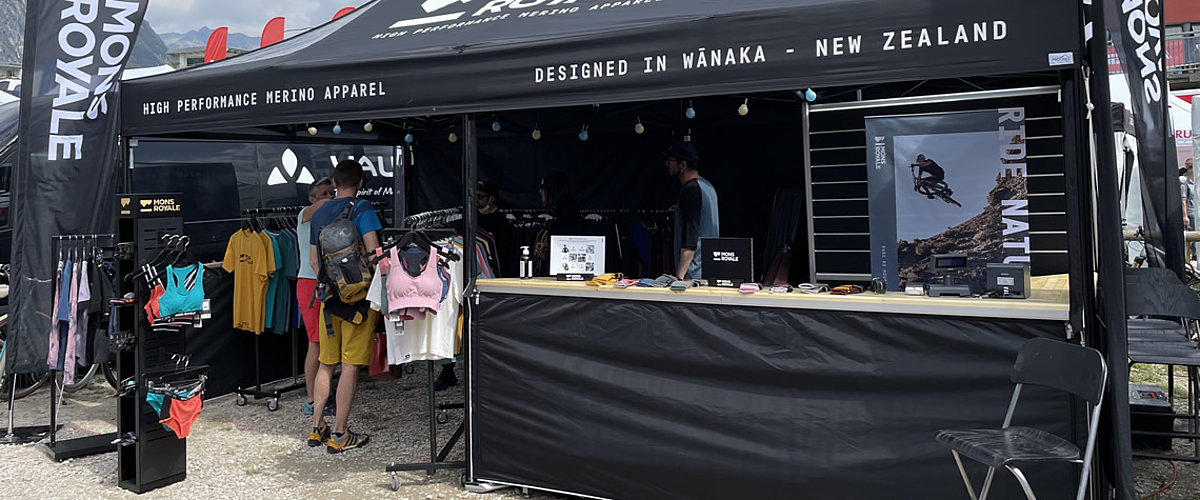
Content
- What is a folding pavilion? Linguistic differentiation from the folding tent
- A brief look at the history of the folding pavilion
- How quickly can you set up and dismantle a folding pavilion?
- How can you design a folding pavilion?
- How big can and should a folding pavilion be?
- Discount store folding pavilion vs. high-quality professional folding pavilion: What should I buy?
- How stable are folding pavilions?
- Are folding pavilions waterproof?
- Equipment and accessories for folding pavilions
- Possible uses for Pro-Tent folding pavilions
What is a folding pavilion?
Linguistic differentiation from the folding tent
The tool Semager, which establishes relations between words on the basis of a mathematical method, comes up with a relationship of 90 % between "folding tent" and "folding pavilion". It also demonstrates an outgoing word relationship of 94 %.
From a purely linguistic point of view, the two terms are thus closely linked. This connection can also be documented historically: Until the 18th century, the root word "pavilion" meant nothing other than tent. The terms are therefore synonyms.
This is also evident when using search engines, because they make no distinction and display pages that are actually described as "folding pavilion" and vice versa when a search query is made for "folding tent".
The same explanation also appears for both folding tent and folding pavilion in a search query for corresponding definitions. In linguistic usage, the terms therefore refer to exactly the same subject. All in all, a folding pavilion is the same as a folding tent.
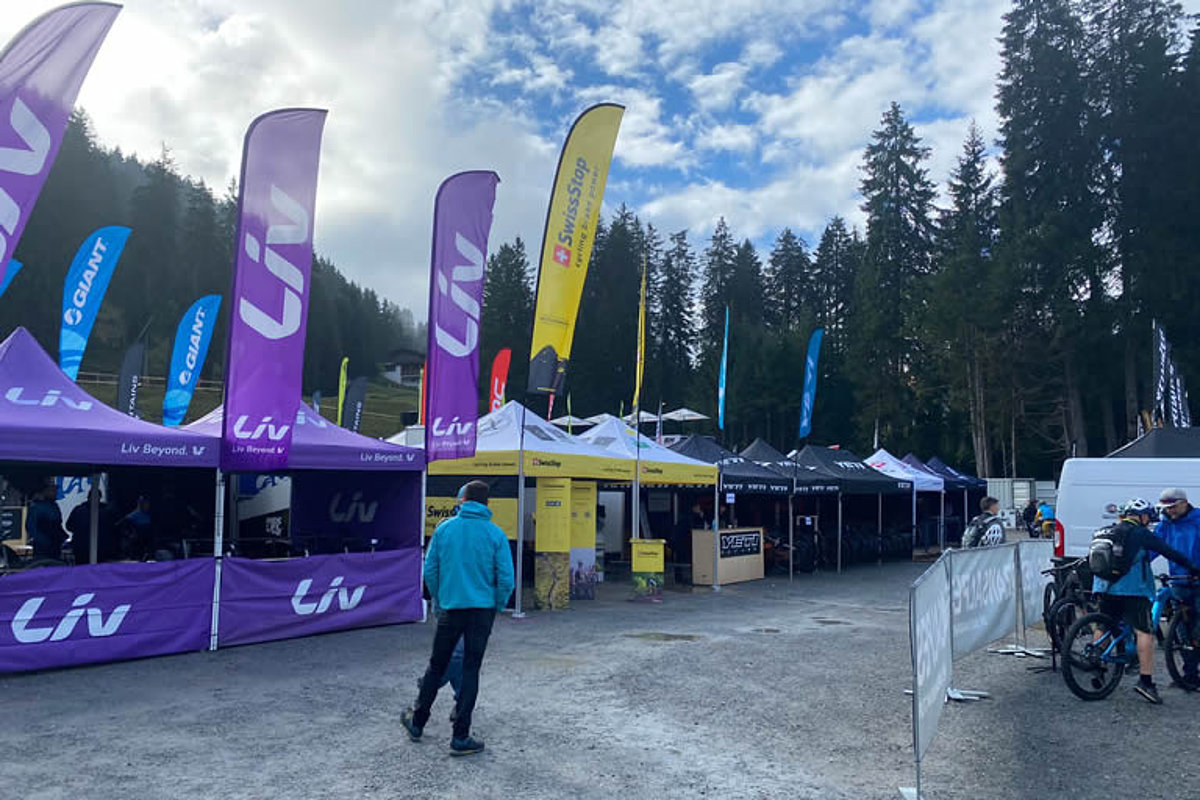
A brief look at the history of the folding pavilion
Pavilions have existed since ancient times. They were made of simple wooden poles covered with appropriate fabrics. Today, they are often metal frames for plugging together or fixed constructions for use in private gardens.
The folding pavilion is a special version, which is characterised by having a practical folding mechanism. This guarantees quick assembly and dismantling, which is particularly practical for frequent use in changing locations, but also has advantages for daily use where it is necessary to dismantle the folding pavilion every evening.
Heinz Stöckler is the inventor and first manufacturer of folding tents made of aluminium. In the 1990s, he founded the Pro-Tent division for this purpose, and in 2000 this became the current Pro-Tent AG.
How quickly can you set up and dismantle a folding pavilion?
The special feature of the folding pavilion is that it is quick to assemble and dismantle. This is a significant advantage compared to plug-assembly pavilions or permanently installed add-on pavilions. Thanks to the folding mechanism, the tents can often be safely erected and secured within a few minutes. Folding pavilions are therefore portable and can be used quickly anywhere.
How can you design a folding pavilion?
Of course, as with other systems, there are ready-made configurations for making a quick purchase. But it is also possible to design your folding pavilion using a wide variety of colours and different printing methods. The design possibilities are correspondingly varied, so that you can design your folding pavilion so that it exactly meets your taste.
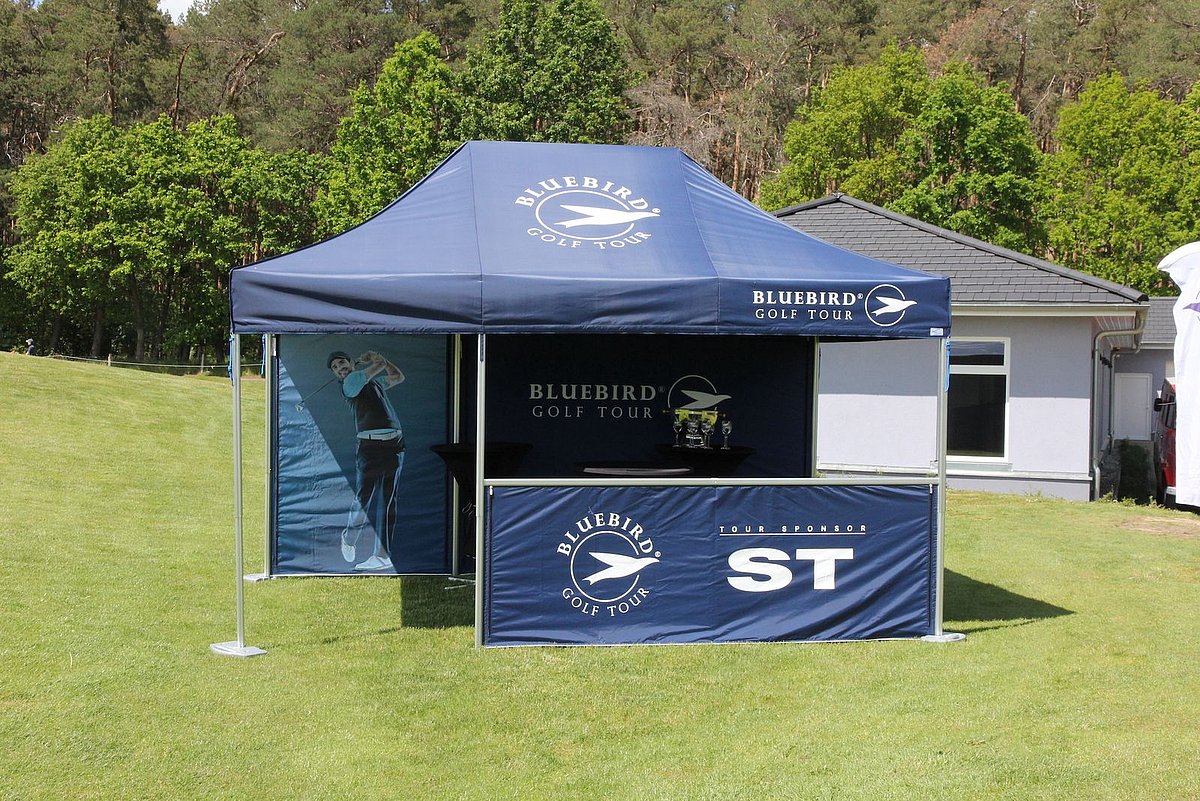
How big can and should a folding pavilion be?
Usually, the maximum size of a folding pavilion is around 8 x 4 m, i.e. a total area of 32 m². The exact maximum size differs from manufacturer to manufacturer and can vary by a few square metres.
However, larger designs cannot be sensibly constructed with a single folding pavilion, as the stability of the construction would suffer. Depending on the system, however, several folding pavilions can be connected to form a pavilion area to allow for large-scale use.
The ideal size depends on the individual application. In general, everything from a small model to a large pavilion is conceivable. It is not possible to say which size suits your purpose in general terms. This can only be determined in a personal consultation.

Discount store folding pavilion vs. high-quality professional folding pavilion
What should I buy?
Many DIY stores and discounters now also offer plug-together or folding pavilions - at very low prices. This raises the question of whether such a pavilion might not be good enough. Unfortunately, the comparison between a cheap folding pavilion and a professional folding pavilion is often based on cost considerations and not on the actual area of application.
Because it is only the specific area of application which should ultimately determine which model you choose. Professional folding pavilions generally offer a multitude of advantages:
- More stable & durable
- Safer in difficult weather conditions
- Can be designed individually
- A higher-quality product overall
So if you use your folding pavilion a lot, possibly even commercially, set it up and take it down regularly and use it outdoors, then there's really no way around the professional version. Discount store folding pavilions are not up to these tasks. So weigh up carefully which folding pavilion is the right choice for your area of use.
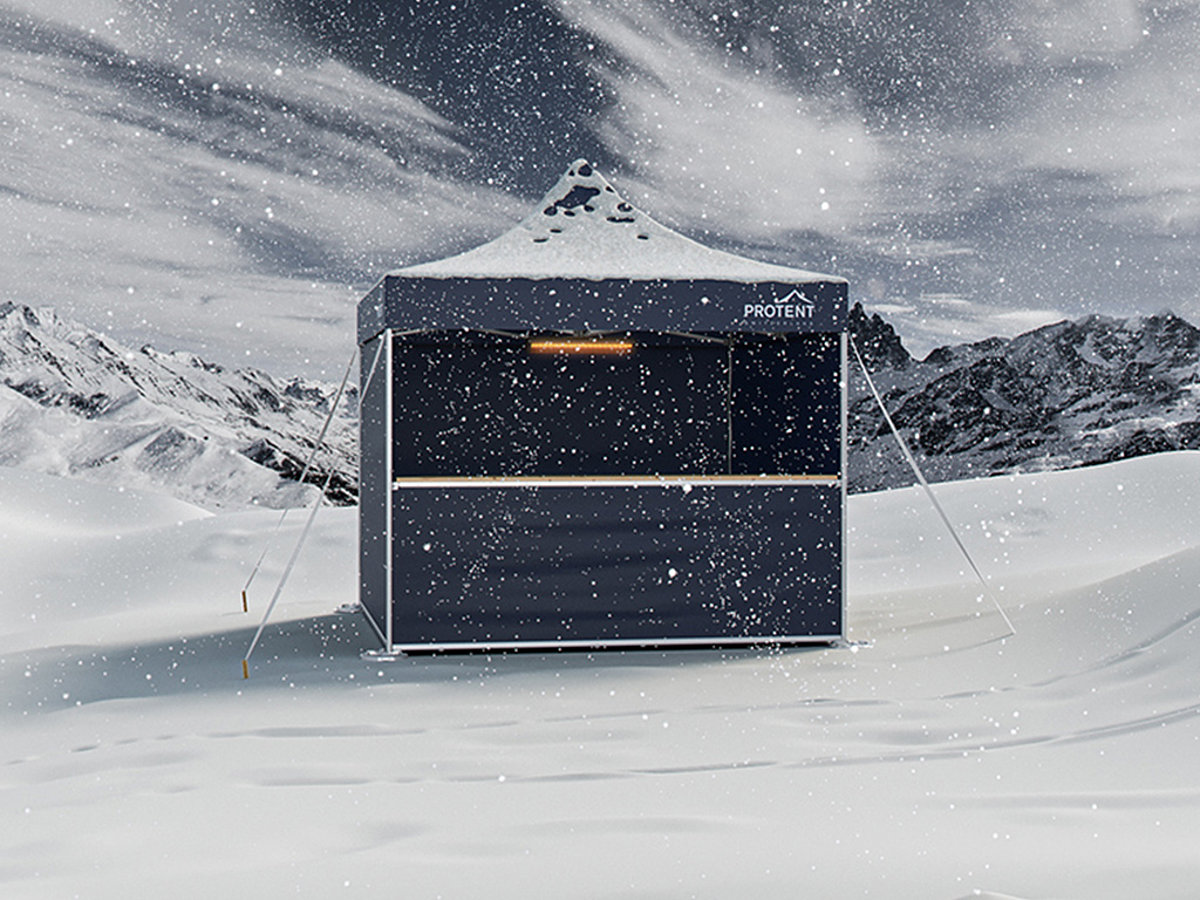
How stable are folding pavilions?
The stability of a folding pavilion depends greatly on how well it is designed and built. For example, aluminium is the better choice over steel because it does not rust and is much lighter than steel while offering comparable stability and strength.
High-quality folding pavilions should also be able to withstand strong gusts of wind if they are attached correctly, i.e. ideally they should be wind and storm-proof. All in all, with a folding pavilion you get a high-quality product that can withstand heavy loads without any problems.
Are folding pavilions waterproof?
Whether a folding pavilion is waterproof depends on the material used for the tent roof and side walls and how it is processed. Pro-Tent tent roofs and side walls, for example, are 100% waterproof with a water column of 10,000 mm, which is more than double the current standards.
The seams are often the areas where you can see poor workmanship. For a waterproof folding pavilion these should definitely be additionally reinforced and also sealed. Another factor is the tension in the roof, because only if the tent fabric is properly tightened, water pockets will be prevented from forming when it rains.
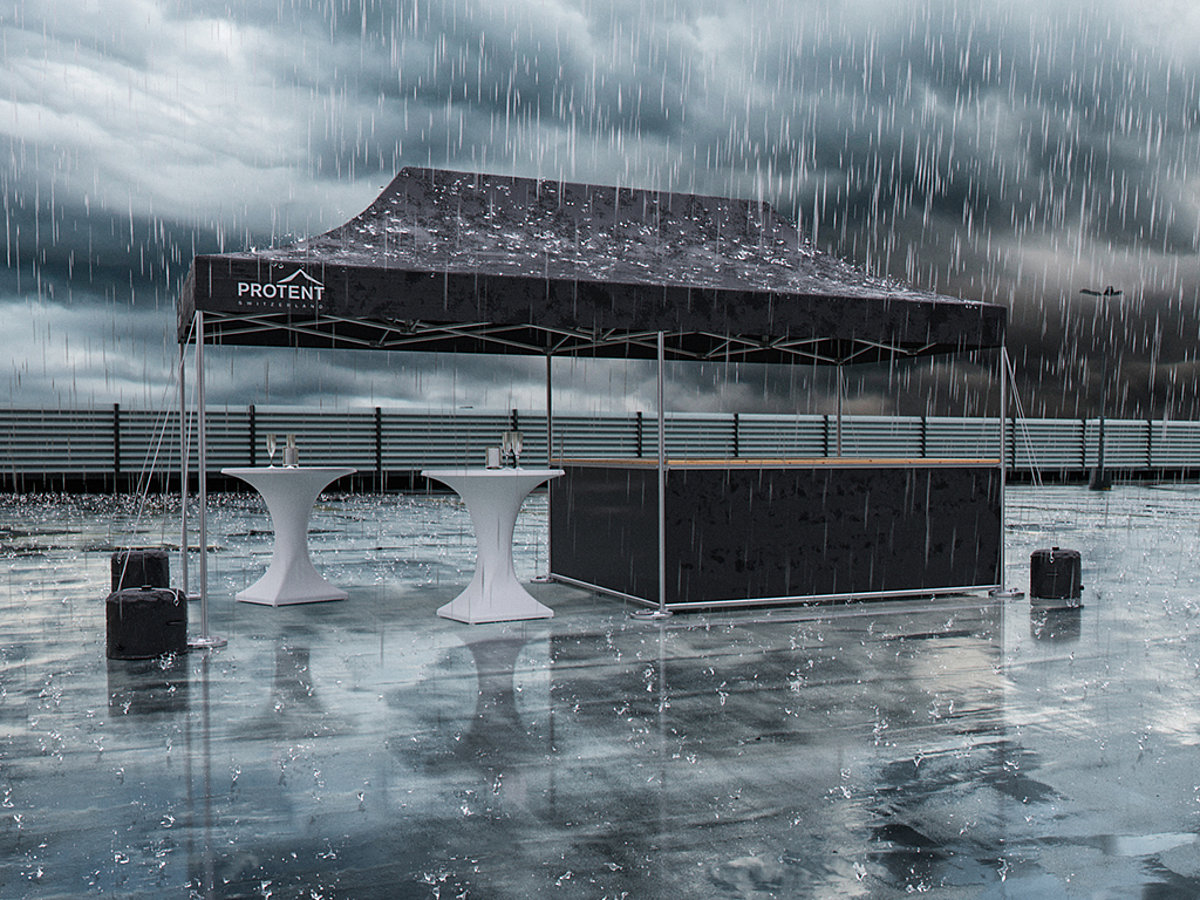
Equipment and accessories for folding pavilions
There are many ways to adapt a professional folding pavilion to your individual needs. High-quality models are also characterised by the fact that they can always be expanded with accessories. This gives you a versatile product that you can upgrade and expand according to your intended use.
Possible uses for Pro-Tent folding pavilions
In principle, there are hardly any limits to how Pro-Tent folding pavilions can be used. The three series, the high-quality construction and the large range of accessories make the pavilions suitable for many areas of use. Discover the right folding pavilion that suits your needs!

